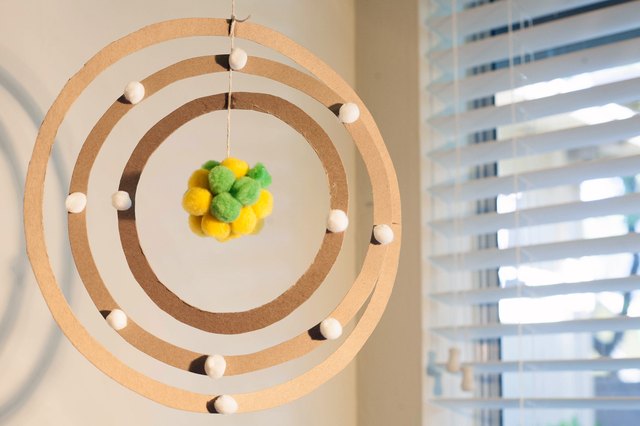Question #57e12
1 Answer
Here's one way to do it.
Explanation:
This Socratic answer explains how to make a model of a calcium atom, but we can modify it to make a model of a silver atoms.
The most common isotope of silver is
Start with the nucleus
You will need 47 small objects of one colour (protons) and 60 of a different colour (neutrons).
Use small marshmallows, beads, or whatever you can find.
Glue or fasten them together to make a small ball representing the nucleus.
Now for the electrons
The electron configuration of
In shell notation, we would write it as
So, you need 47 electrons in 5 shells.
Cut an extra small, a small, a medium, a large, and an extra-large ring out of cardstock.
Glue your electrons onto these rings.
Then, use string to tie these rings in concentric circles around the nucleus and to hang the model for displaying.
Here's a picture of a model of a sodium atom.

Your model will be larger, and it will have only one electron in the largest ring.
You can explain how this valence electron is so far from the nucleus and so screened by the inner electrons that it is not held very tightly, etc.

